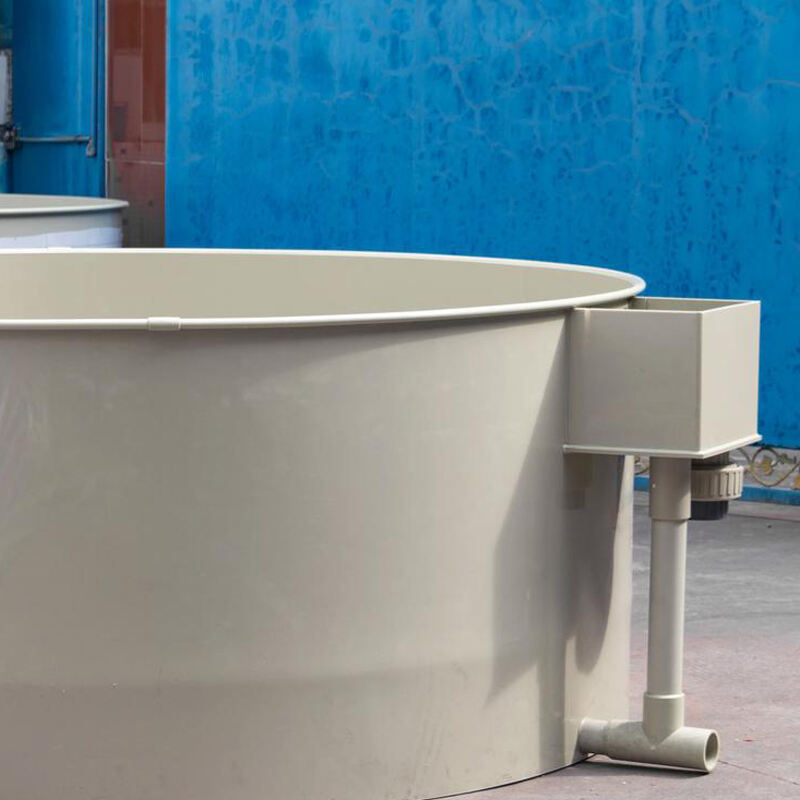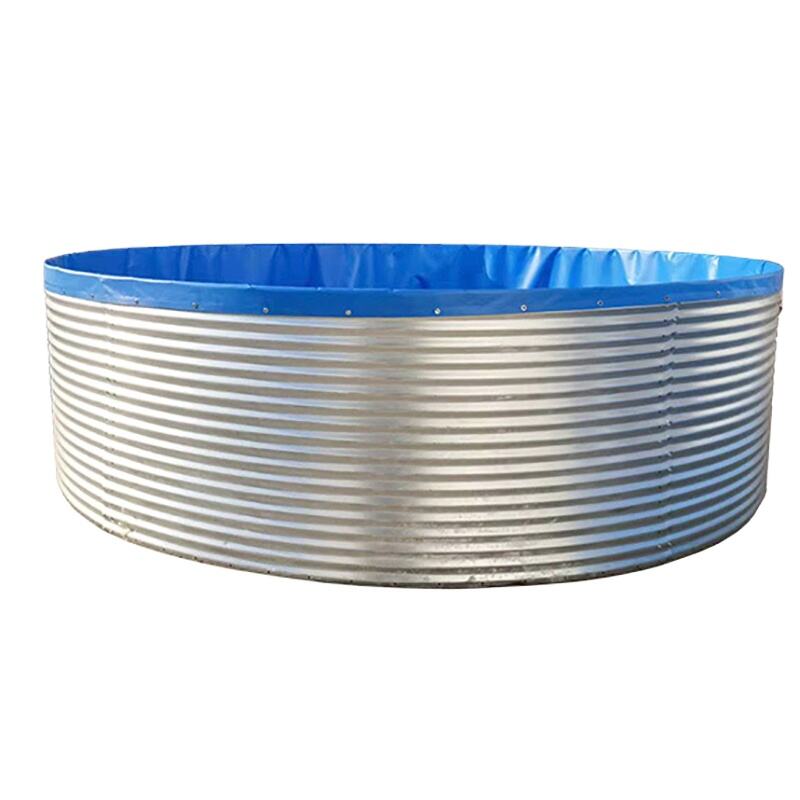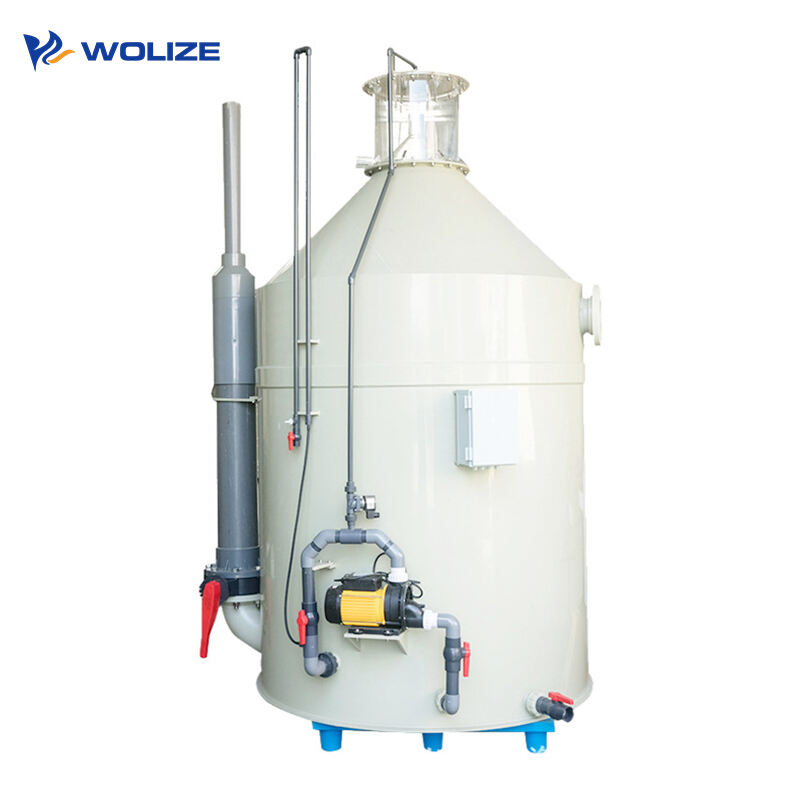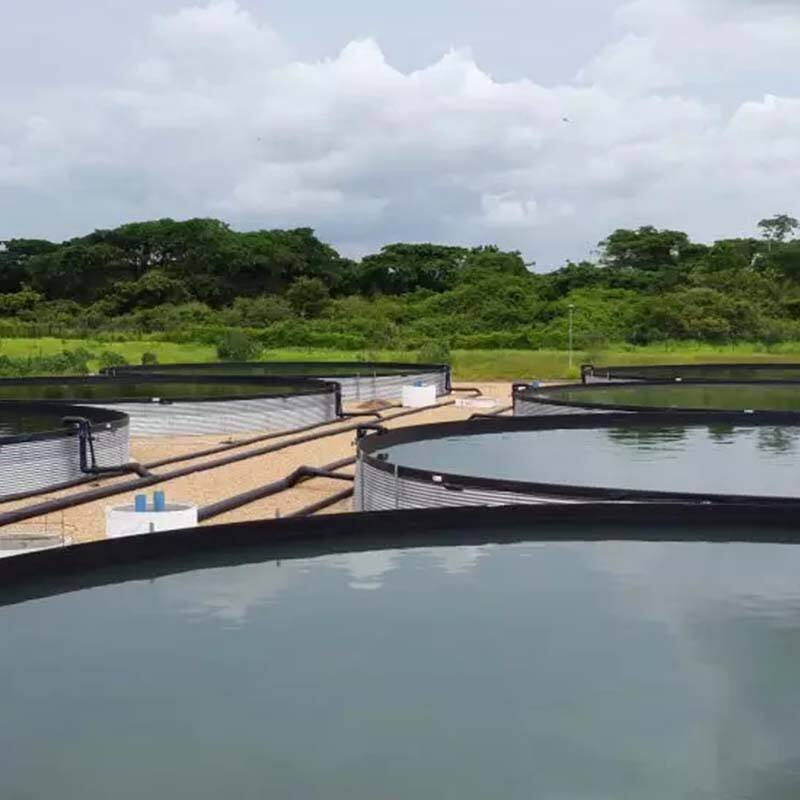Unlocking the flow-through aquaculture system: the code for innovation in aquaculture
Tracing Back to the Origins: The Past and Present of Flowing-Aquaculture Systems
Flowing-aquaculture systems are not a modern invention; they have a long history. In China, the practice of fish farming using mountain spring water in Xiuning County dates back to the Tang and Song dynasties. The region boasts unique natural conditions, with high mountains, dense forests, a crisscrossing network of rivers, numerous streams and ponds, and clear, clean waters. Villagers capitalized on the mountain's abundant water and forage resources, as well as the unique indigenous fish stocks. They built fish ponds along mountain streams, in village lanes, in front of and behind houses, and within courtyards, using mountain springs to raise fish. This has formed an agricultural cultural heritage system based on flowing-aquaculture, integrated with agricultural and fishery ecological farming. This fish farming method has been passed down for thousands of years and remains vibrant today. An expert investigation organized by Xiuning County confirmed that over 3,000 ancient fish ponds, constructed from various eras, exist in the county, preserving the complete historical record of mountain spring water fish farming from its inception to maturity.
Flowing-aquaculture systems have also undergone a long development process abroad. Since the 1960s, developed countries like Europe and the United States have begun exploring land-based, factory-scale recirculating aquaculture, an advanced form of flow-through aquaculture. Early land-based, factory-scale recirculating aquaculture systems were relatively simple, primarily establishing a preliminary water circulation pathway and using simple filtration devices to perform preliminary water treatment, achieving limited water purification and recycling. During this period, aquaculture was small-scale and the technology was immature. It was primarily an emerging concept and experiment, conducted on a limited scale in research institutions and farms.
In the 1980s, with the initial development of biofiltration technology, land-based, factory-scale recirculating aquaculture made significant progress. With the growing recognition of the critical role of microorganisms in water purification, biofilters and other facilities began to be used in aquaculture systems, effectively removing harmful substances such as ammonia and nitrogen from water, improving the quality and stability of aquaculture water. Simultaneously, automated control technology also began to gain prominence in the aquaculture sector. Simple automated equipment, such as timed feeding devices and automatic aerator control systems, were introduced, initially automating some aspects of the aquaculture process and reducing manual labor. During this period, the number of aquaculture species gradually increased. In addition to traditional commercial fish, some shrimp and shellfish also began to adopt factory-based recirculating aquaculture models, expanding their scale and gradually becoming a significant industry in Europe and the United States.
In the early 21st century, with the rapid development of materials science, new corrosion-resistant, high-strength, and relatively low-cost materials such as PVC and PE were widely used in aquaculture facilities and piping systems, greatly improving the durability and stability of aquaculture systems. Simultaneously, major breakthroughs were made in water quality monitoring technology, with the emergence of various high-precision sensors capable of accurately and in real time monitoring key parameters such as temperature, dissolved oxygen, pH, and ammonia nitrogen in aquaculture water. Based on this monitoring data, automated control systems became more intelligent, automatically adjusting equipment operations according to changes in water quality, achieving precise control of the aquaculture environment. Furthermore, in the areas of aquaculture bio-nutrition and feed technology, in-depth research was conducted on the nutritional requirements of different aquaculture species at different growth stages, resulting in the development of more precise feed formulas, improving feed utilization and reducing environmental pollution. During this period, land-based, factory-based recirculating aquaculture developed rapidly worldwide. Regions like Asia and South America also began to vigorously promote and apply this model, resulting in a qualitative leap in both scale and technological advancement.
Exploring the Unique Advantages of Flow-Through Aquaculture Systems
(I) High Yield, High Efficiency
Flow-through aquaculture systems are like a meticulously crafted "high-speed growth paradise" for fish. The constant flow of water not only provides abundant oxygen but also a rich supply of food resources. In this superior environment, the fish live in a dynamic "gym," their metabolism speeding up and their growth rate increasing dramatically. Compared to traditional aquaculture methods, flow-through aquaculture systems significantly shorten the growth cycle and significantly increase yields. In some high-density flow-through aquaculture practices, yields can reach over 200 kilograms per square meter, a 40% increase over conventional ponds. This means that farmers can harvest more fish from the same amount of aquaculture area, resulting in higher economic returns. (2) Excellent Water Quality, Maintaining Health
High-quality water is crucial for the healthy growth of fish, and flow-through aquaculture systems offer a natural advantage in this regard. Flowing water acts like a diligent "cleaning guard," promptly removing fish waste and leftover bait, significantly reducing the risk of water pollution. Compared to traditional pond aquaculture, the water quality in flow-through aquaculture systems is more stable, with higher dissolved oxygen levels and lower concentrations of harmful substances such as ammonia nitrogen and nitrite. This superior water quality not only reduces the risk of fish disease and the need for medication, but also caters to the natural swimming habits of fish, ensuring their activeness, resulting in healthier, more flavorful, and more competitive fish in the market.
(3) Resource-saving and Sustainable
With water resources increasingly scarce, the sustainable advantages of flow-through aquaculture systems are becoming increasingly prominent. They enable water recycling. Through a series of advanced water treatment technologies, wastewater generated during the aquaculture process is purified and treated to a standard suitable for reuse, significantly reducing the demand for fresh water. According to statistics, the water recycling rate of flow-through aquaculture systems can reach over 90%, requiring only the small amount of water lost to evaporation and sewage discharge to be replaced. Furthermore, flow-through aquaculture systems reduce reliance on land, enabling high-density aquaculture within limited space and improving land utilization efficiency. This green and environmentally friendly aquaculture method not only protects the ecological environment but also adheres to the concept of sustainable development, laying a solid foundation for the long-term and stable development of the fishery industry.
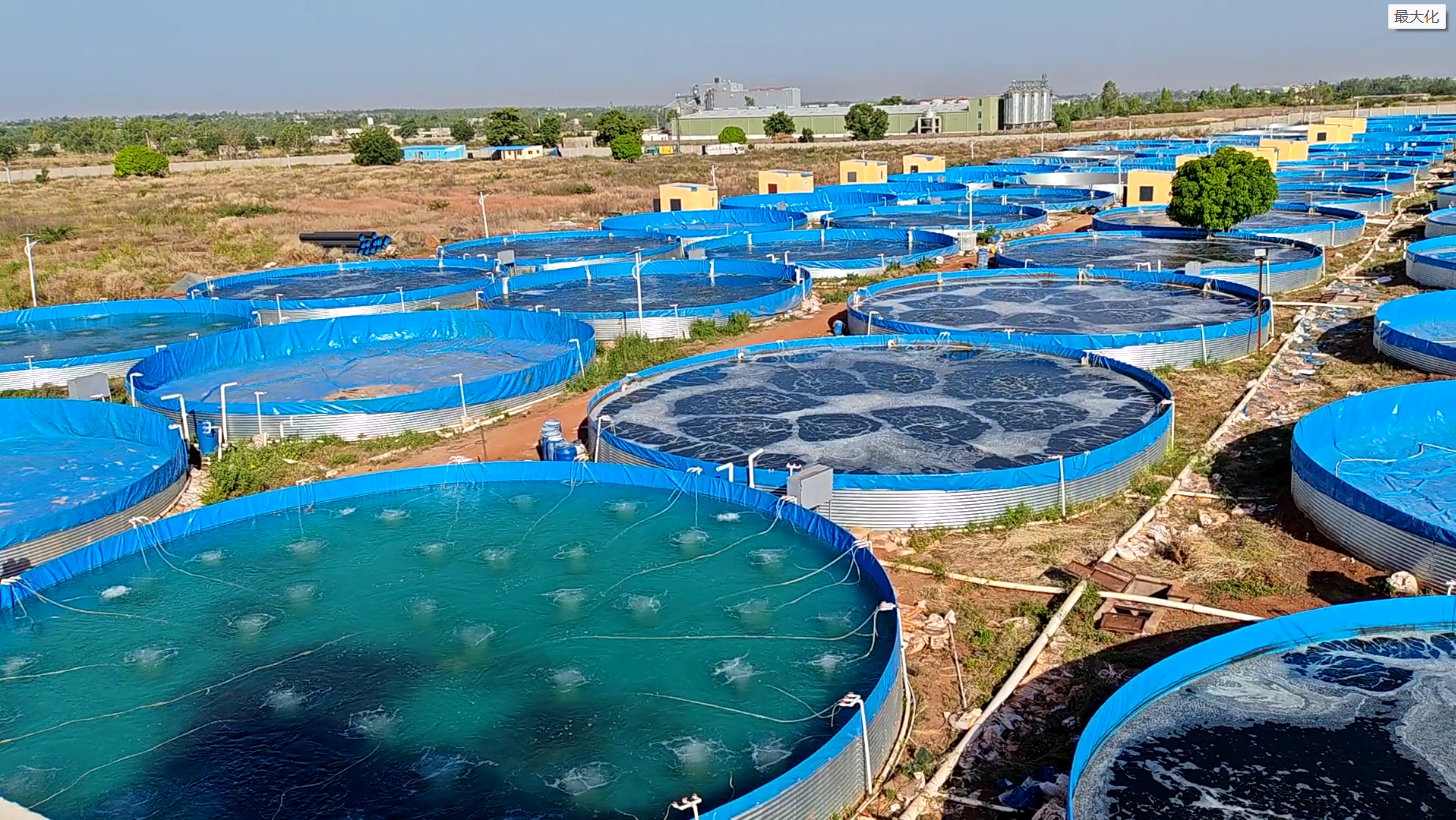
Outlook: The Future of Flow-through Aquaculture Systems
Although flow-through aquaculture systems, as a key model in modern aquaculture, have achieved significant success, they still face challenges and present numerous opportunities for future development.
In terms of challenges, cost is a major obstacle to the further promotion of flow-through aquaculture systems. Establishing a comprehensive flow-through aquaculture system requires a substantial initial investment in equipment, site construction, and technology. During operation, equipment maintenance, energy consumption, and technology upgrades also incur ongoing costs. This represents a significant burden for small-scale aquaculture operators or those in economically underdeveloped regions, limiting the widespread adoption of flow-through aquaculture systems.
Technical stability is also a key concern. Although current flow-through aquaculture technology is relatively mature, practical applications can still be affected by various factors, such as equipment failure, sudden changes in water quality, and climate change. Problems with the technical system can deteriorate the aquaculture environment, hinder fish growth, and even cause widespread illness and mortality, resulting in significant losses for farmers. Furthermore, with increasing demands for the quality and safety of aquatic products, flow-through aquaculture systems face new challenges in ensuring this quality. This requires continuous optimization of aquaculture processes, strengthened management of feed and drug use, and improved quality inspection and traceability systems.
However, the development prospects of flow-through aquaculture systems remain promising. Regarding technological innovation, with the continuous advancement of science and technology, new materials, equipment, and technologies will continue to emerge, providing strong support for the upgrading of flow-through aquaculture systems. The application of intelligent equipment will become more widespread, leveraging sensors, the Internet of Things, and big data technologies to enable comprehensive, real-time monitoring and precise control of the aquaculture environment. Intelligent feeding systems can automatically adjust feed amounts and timing based on fish growth and feeding needs, improving feed utilization and reducing waste. Intelligent water quality monitoring and control systems can promptly detect changes in water quality and automatically activate appropriate treatment equipment to ensure optimal water quality at all times. This not only improves aquaculture efficiency and product quality, but also further reduces labor costs and management complexity.
At the same time, integration with other sectors will also open up new avenues for flow-through aquaculture systems. For example, by integrating them with new energy technologies such as solar and wind power, they can achieve energy self-sufficiency, reduce dependence on traditional energy sources, and reduce carbon emissions, making flow-through aquaculture more environmentally friendly and sustainable. Integration with industries such as fishery tourism and leisure agriculture will create a comprehensive fishery development model that integrates aquaculture, viewing, experience, and education, expanding the functions and value of the fishery industry and increasing income sources for farmers.
Flow-through aquaculture systems will undoubtedly play an even more important role in the future development of the aquaculture industry. They will not only meet the growing demand for high-quality aquatic products, but will also promote the modernization, intelligence, and green development of aquaculture, achieving a win-win situation with economic, social, and ecological benefits. I believe that with the joint efforts of all parties, the future of flow-through aquaculture systems will be full of unlimited possibilities, making greater contributions to the sustainable development of global fisheries.

Recommended Products
Hot News
-
The Christmas discount has arrived
2024-12-26
-
Is it true that raising fish in high-density canvas fish ponds is more efficient than ordinary ponds?
2024-12-16
-
Advantages of galvanized canvas fish pond
2024-10-14
-
High-density fish farming technology, fish pond cost, canvas fish pond, canvas pond, high-density fish farming
2024-10-12
-
Why choose flowing water high-density aquaculture
2023-11-20











































